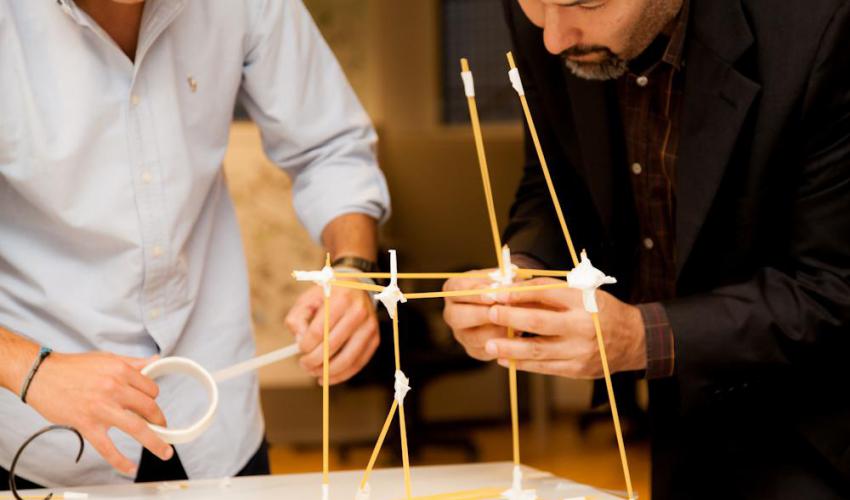
Need Boosts Creativity
PAOLA CILLO, BRUNO BUSACCA AND TWO COAUTHORS HIGHLIGHT THE POSITIVE EFFECTS OF FINANCIAL CONSTRAINTS ON THE OUTCOME OF CREATIVE TASKS SUCH AS PRODUCT IDEATION AND PRODUCT REPAIRA new study shows that constrained financial resources can be beneficial to creativity. This research investigates the effects of financial constraints on the outcome of different types of creative tasks such as product ideation and product repair and provides evidence of this beneficial effect especially for individuals who are novelty-seekers.
Paola Cillo (Department of Management and Technology), Bruno Busacca (Department of Marketing), Irene Scopelliti (Cass Business School) and David Mazursky (Hebrew University) have published How Do Financial Constraints Affect Creativity? in Journal of Product Innovation Management (December 2013, Vol. 31 Issue 4, pages 1-14, DOI: 10.1111/jpim.12129).
Differently from what we might assume, it has been shown that constraints can increase creativity by directing and limiting the search for solutions and leading to unusual discoveries. But this effect had been studied, so far, with time or input resources constraints. The role of financial constraints on creativity was instead unclear: they could act similarly to input restriction, but they might even lead to more creative solutions in terms of more novelty with no detriment to appropriateness. This issue has lead Cillo and Busacca, together with their co-authors, to find out if financial constraints can indeed positively affect creativity by conducting four experimental studies, one of these being implemented in a realistic context with students of a school for chefs.
The first aim of this research is to assess the effect of financial constraints in stimulating or inhibiting creativity within a product ideation task. The first experiment shows not only that such constraints stimulate creativity, but also that this happens even if products ideated under active financial constraints make use of a smaller pool of resources (so with fewer inputs and a lower budget). Then, the effect of financial constraints is compared with the effect of input restrictions. The findings prove that, while the level of creativity of the output is the same, financial constraints induce to use less costly resources, thus activating a parsimonious mindset in individuals and, even more interestingly, a top-down creative processing strategy.
The authors decided to explore also what is the role played by individual differences. In particular, they focus on how financial constraints interact with a novelty-seeking behavior and they find that the effect of financial constraints is stronger for individuals who are more novelty-seekers, since their experiences and perspectives put them under stress in a situation with no constraints. Moreover, this interaction effect is true not only for product ideation tasks, but also when the problem is already constrained in nature, such as when repairing a damaged product. To conclude, this study gives us a perspective on creativity under financial constraints quite counterintuitive as compared to the one usually assumed in new product development literature. Moreover, it provides interesting insights for the management of creativity in organizations and suggests that, when dealing with a creative task, the individual characteristics of employees are an important factor to be taken into account.
by Paola Zanella
